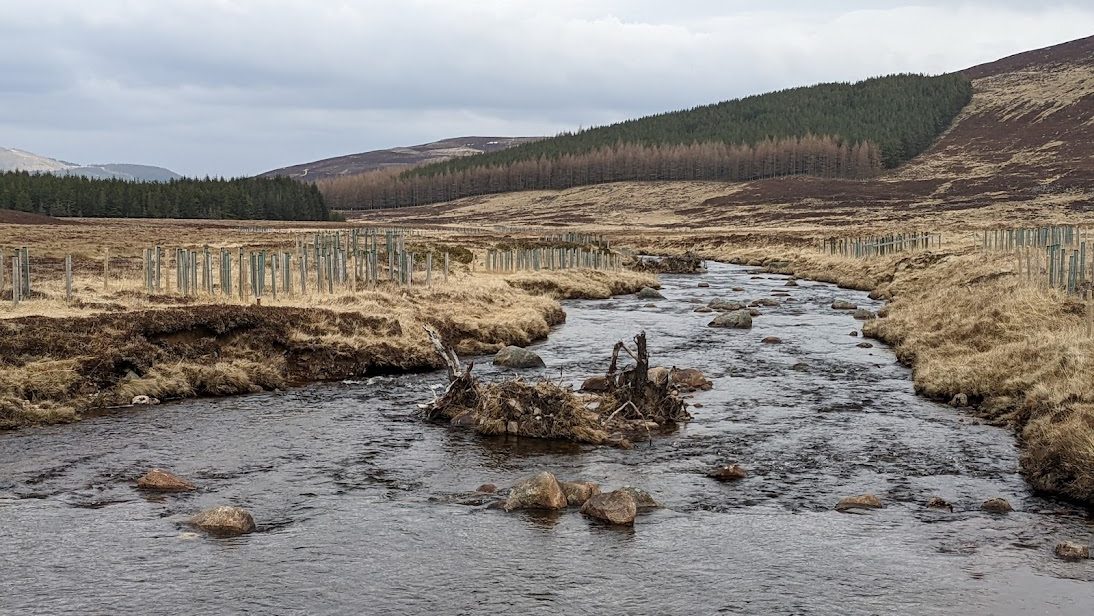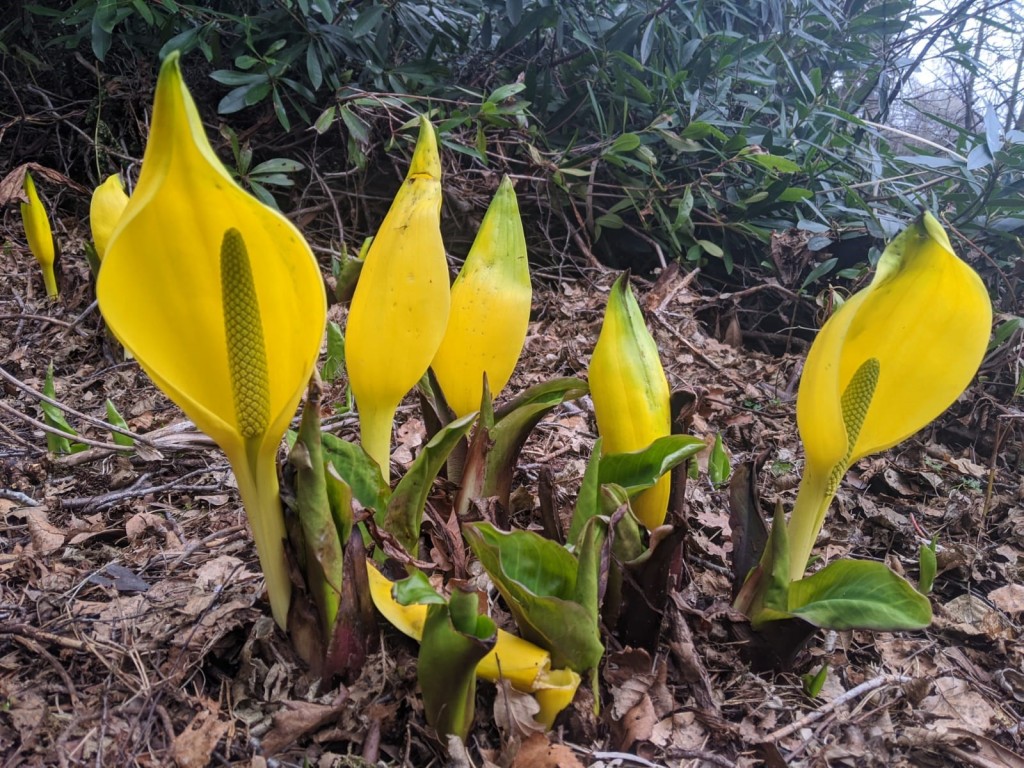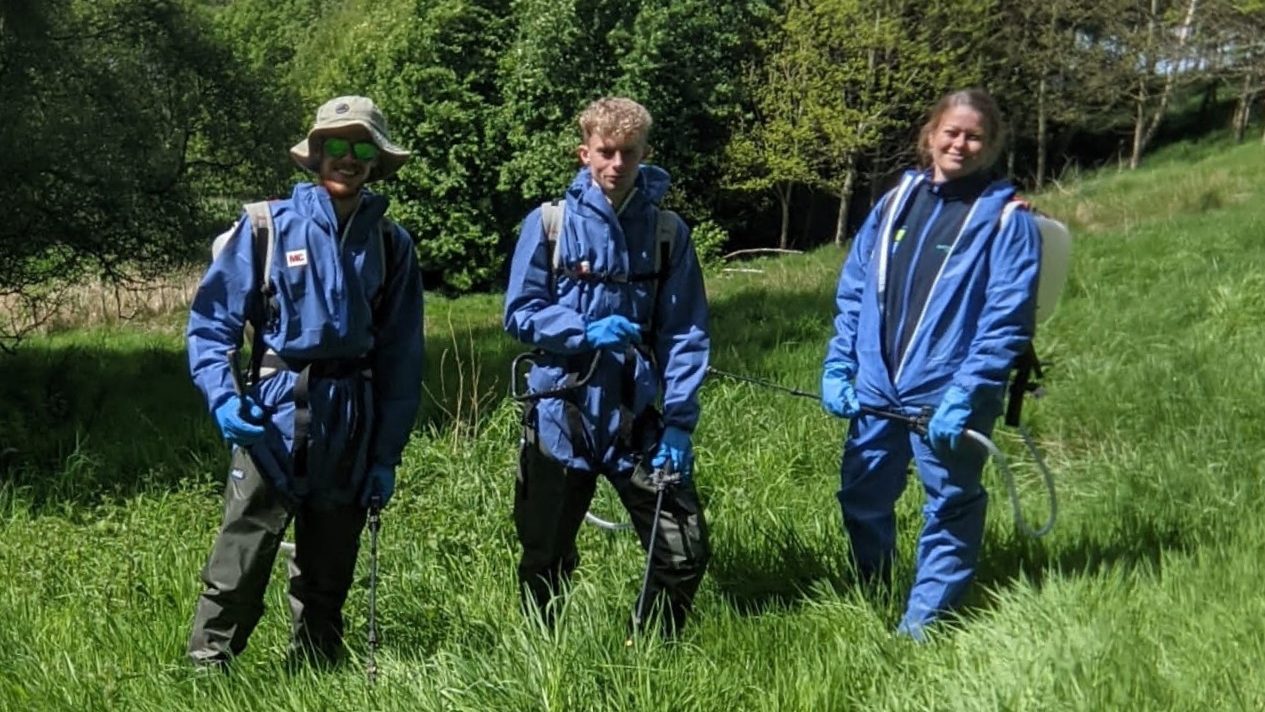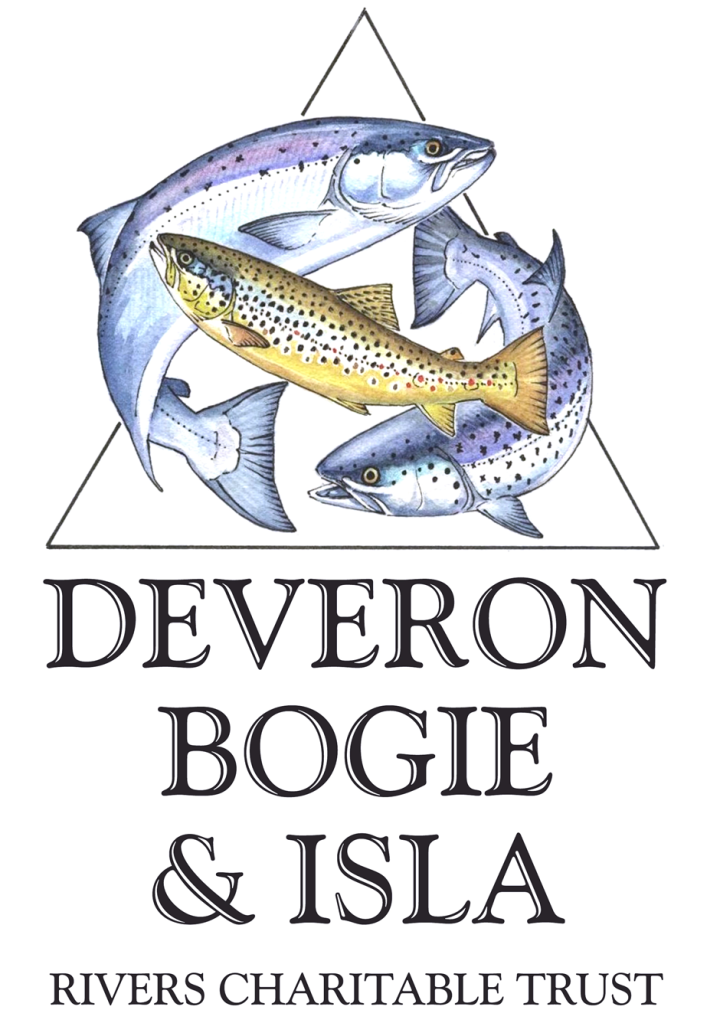Peter Stewart, PhD Student, Durham University, June 2022
I am a PhD student in the Conservation Ecology Group at Durham University. My PhD focuses on how invasive species alter the behaviour of native animals and the ecological consequences of these behavioural changes. I’ve been exploring this topic in the field through studying the invasion of prickly pear cacti (Opuntia sp.) in Laikipia County, Kenya.
My PhD is funded by NERC through the Iapetus2 Doctoral Training Programme. One of the cool things about Iapetus is that we have the opportunity to take a placement as part of our PhD.
I was looking for a placement which would allow me to apply my skills and knowledge to invasive species management in Scotland, while simultaneously expanding my knowledge and gaining experience in the broader Scottish environment and conservation sector. I reached out to the Scottish Invasive Species Initiative earlier this year after finding out that they offer placements and joined the project at the beginning of April.

River Dee and River Don with the River Dee Trust
I spent the first month of my placement with the River Dee Trust, working on the Dee and Don rivers. One of the great things about working on a river is you get to experience a variety of activities in a wide range of habitats, from small streams on the upper catchment to the river mouth. This was ideal for me, as it’s just this kind of variety that I was looking for on a placement!
Many of the activities on the Dee revolved around the Atlantic salmon – one of the most important species in Scotland, both for the health of the ecosystem and also for their role in the Scottish economy. In April the focus is on monitoring the salmon smolt – adolescent salmon which are moving out towards the sea, while undergoing an array of physiological changes that will allow them to cope with marine life. A healthy run of smolt is vital for maintaining a healthy population of adult salmon which will later return to the river to breed.
Smolt are monitored using rotary screw traps, which allow fish to swim in from upstream but prevent them from swimming back out due to the rotating drum. Each morning I went with Trust staff Pamela and Al to check on the traps, which are situated on two of the Dee’s tributaries – the Tanar and the Beltie Burn. We’d measure the length and weight of each fish and take scale samples from some individuals to determine their age – before returning the fish to the river downstream of the trap. The traps also caught sea trout, as well as other species such as lamprey and minnows. We even caught an adult pike on the Beltie, which was certainly a surprise!


Working with the smolt was a great opportunity to learn more about their importance for the river, as well as to gain practical experience identifying and handling salmon and sea trout – there’s certainly a knack to handling slippery fish!
Another way that smolt are monitored on the Dee is through using acoustic tags, which emit a noise that can be picked up by hydrophones placed in the water. I helped deploy several of the acoustic receivers, which sit at the bottom of the river weighed down with a 40kg link of anchor chain – luckily we did this when there was still snow on the ground, meaning we could easily slide the anchor along the bank until we were at a suitable site! I also helped deploy some of the sentinel tags, which are secured directly in the river close to the receiver. As long as the tag’s continuous pings are picked up by the receiver, we know the system is working.
I was also keen to see some of the habitat restoration work being undertaken on the Dee. This includes tree planting on the riverbank and the installation of “large woody structures” (i.e., big piles made from wind-blown trees!) in the upper portions of the river. These trees and structures improve the habitat for the fish and provide shade which protects them from extreme summer temperatures. I visited the restoration project on the upper River Muick with Pamela, and helped Colin to maintain tree enclosures on the Clunie Water.

During my time on the Dee and Don I also got to experience some of the invasive species management going on in the area. Jan, the Invasive Species Officer, showed me how to deploy and check a mink raft, as well as how to identify some of the key invasive plants including giant hogweed and American skunk cabbage. I was especially interested to learn about the skunk cabbage, as this wasn’t a species I’d heard much about before my placement. My placement with the River Dee Trust was just a little too early in the year to really get stuck in with the control of invasive plants – that would have to wait until May when I changed placement host.


River Deveron with the Deveron, Bogie and Isla Rivers Charitable Trust
In May I moved over to the River Deveron, to work with the Deveron, Bogie and Isla Rivers Charitable Trust.
In this half of the placement I’ve mostly been working with Karen, the Scottish Invasive Species Initiative Project Officer on the Deveron. One of the main species we’ve been tackling is giant hogweed.
We started off by visiting the MacDuff sheep grazing trial where a flock of sheep are being used to control giant hogweed in a patch of woodland in partnership with the local farmer. We deployed a couple of trail cameras to keep an eye on our woolly friends – hopefully we’ll get some great footage of them munching through the hogweed!


After visiting the sheep, I helped Karen with the fixed-point photography surveys which are used to monitor giant hogweed and the other invasive plants at control sites. The surveys involve returning to the same locations at the same time each year and taking photos so that the change in invasive plant abundance can be measured over time. Comparing the sites I was seeing to the images in the previous years’ catalogue, it was great to see that there was far less hogweed than in the older photos – the management which the Scottish Invasive Species Initiative has been coordinating over the past few years is definitely having an impact. You can read some of the site case studies from the project to see how the photography and monitoring is important in showing that real progress is being made with these plants.
We then moved on to some hands-on giant hogweed hunting, treating several sites with herbicide. This is currently the main method for controlling the species (as well as many other invasive plants), so it was great to get some experience and to learn about the factors which you have to consider when designing a management programme.

I also helped out with outreach events. We had a couple of schools visit at the Markie Water near Haugh of Glass. I helped to run the mink raft demonstration alongside the Trust Director, Ritchie, as well as Melville the outreach mink! To help explain how we monitor for mink using clay pads in the raft, I had stretched my arts and crafts skills to prepare some lino prints of a few of the key species which might leave their tracks on the raft.



Overall, I’ve had a great time on my placement with the Scottish Invasive Species Initiative – and learned a great deal about invasive species management and conservation in Scotland. I’d like to give a big thanks to the Dee, Don and Deveron teams for making my placement so enjoyable!
To find out more about the Scottish Invasive Species Initiative and how to get involved, you can visit our website, follow us on social media or contact us on sisi@nature.scot
For more information about the work of the River Dee Trust please visit their website
For more information about the work of the Deveron, Bogie and Isla Rivers Charitable Trust please visit their website



One thought on “My placement with the Scottish Invasive Species Initiative”